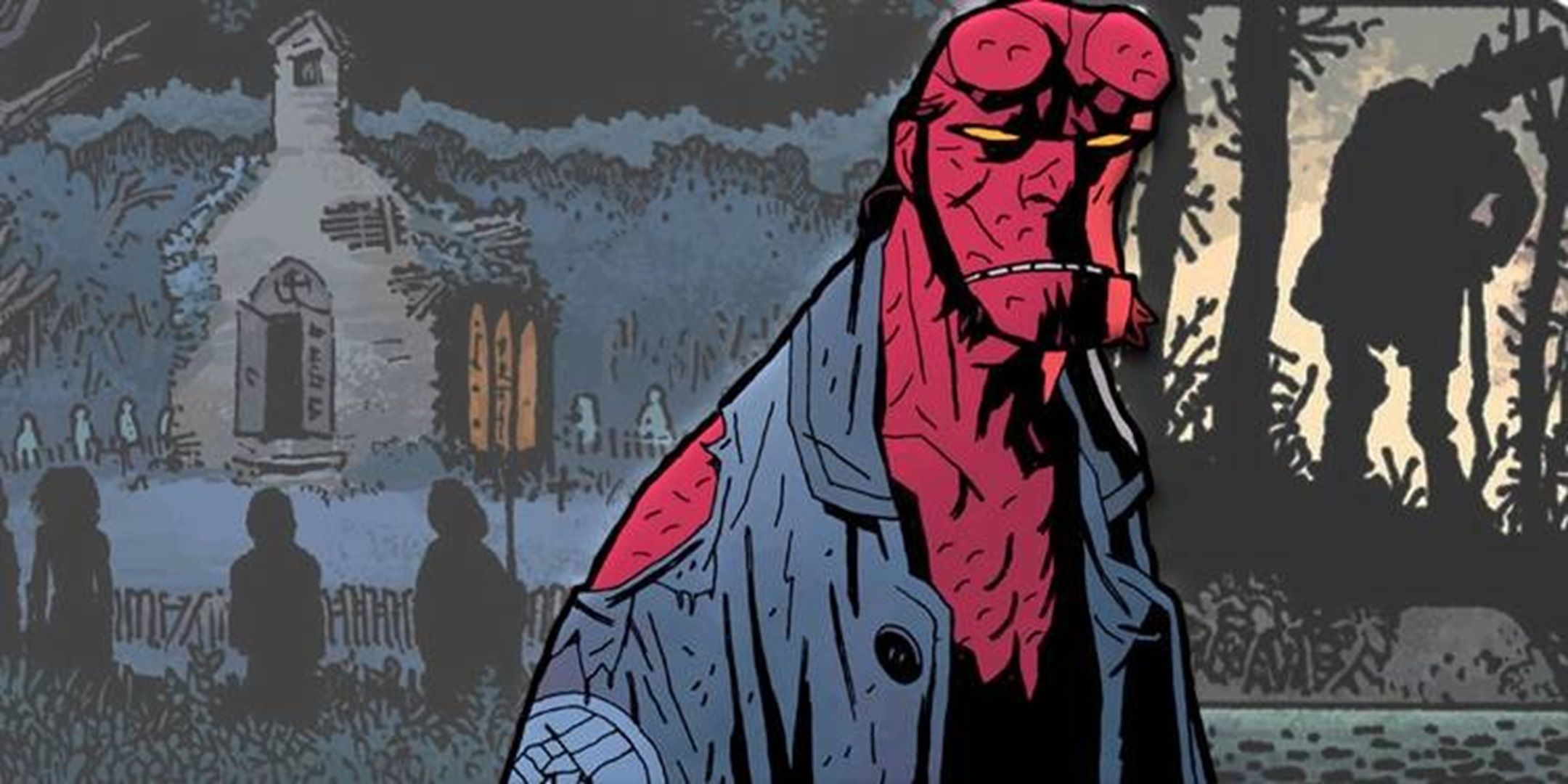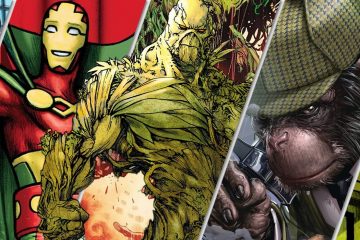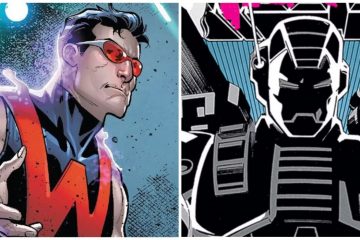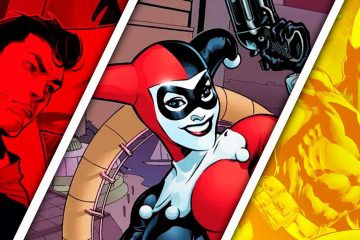The use of work produced through generative so-called “artificial intelligence” machine learning programs (meaning that a computer/machine has learned information, such as the past work and art style of other artists, and descriptions of characters and images, and then generated a new image using that learned knowledge) remains a hot button issue throughout the creative world, whether it be TV and films (where the use of A.I. was a major issue during the recent actor and writer strikes in Hollywood) or comic books (where a number of artists have been accused in recent months of using these generative art programs to produce work for comic books). Just recently, Etsy revealed its position on A.I. art, and now Dark Horse Comics, home to Hellboy and many other acclaimed comic book series, has come out roundly against the practice.
Dark Horse’ statement on the topic of A.I. art notes that it is contractually forbidden from being used by its comic book creators on Dark Horse comic book projects, explaining, “Dark Horse is committed to supporting human creative professionals with our business” (emphasis added).
The United States Copyright Office has made it stance clear on A.I. art from when a comic book, Zarya of the Dawn, was produced by A.I. art (using the generation A.I. art program, Midjourney, for the artwork) was denied a copyright, “Rather than a tool that [Zarya writer] Ms. Kashtanova controlled and guided to reach her desired image, Midjourney [the A.I. art generator Kashtanova used] generates images in an unpredictable way. Accordingly, Midjourney users are not the ‘authors’ for copyright purposes of the images the technology generates,” and that “[b]ecause of the significant distance between what a user may direct Midjourney to create and the visual material Midjourney actually produces, Midjourney users lack sufficient control over generated images to be treated as the ‘master mind’ behind them.”
The use of work produced through generative so-called “artificial intelligence” machine learning programs (meaning that a computer/machine has learned information, such as the past work and art style of other artists, and descriptions of characters and images, and then generated a new image using that learned knowledge) remains a hot button issue throughout the creative world, whether it be TV and films (where the use of A.I. was a major issue during the recent actor and writer strikes in Hollywood) or comic books (where a number of artists have been accused in recent months of using these generative art programs to produce work for comic books). Just recently, Etsy revealed its position on A.I. art, and now Dark Horse Comics, home to Hellboy and many other acclaimed comic book series, has come out roundly against the practice.
Dark Horse’ statement on the topic of A.I. art notes that it is contractually forbidden from being used by its comic book creators on Dark Horse comic book projects, explaining, “Dark Horse is committed to supporting human creative professionals with our business” (emphasis added).
The United States Copyright Office has made it stance clear on A.I. art from when a comic book, Zarya of the Dawn, was produced by A.I. art (using the generation A.I. art program, Midjourney, for the artwork) was denied a copyright, “Rather than a tool that [Zarya writer] Ms. Kashtanova controlled and guided to reach her desired image, Midjourney [the A.I. art generator Kashtanova used] generates images in an unpredictable way. Accordingly, Midjourney users are not the ‘authors’ for copyright purposes of the images the technology generates,” and that “[b]ecause of the significant distance between what a user may direct Midjourney to create and the visual material Midjourney actually produces, Midjourney users lack sufficient control over generated images to be treated as the ‘master mind’ behind them.”
#Dark #Horse #Releases #Position #Art
Note:- (Not all news on the site expresses the point of view of the site, but we transmit this news automatically and translate it through programmatic technology on the site and not from a human editor. The content is auto-generated from a syndicated feed.))



